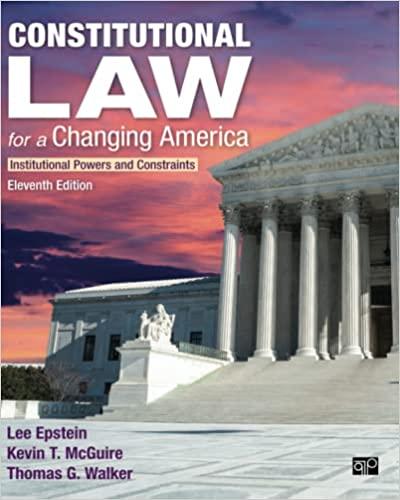Answered step by step
Verified Expert Solution
Question
1 Approved Answer
Ch 6 Video Assignment Video link https://www.youtube.com/watch?v=Z5MQyn5H2wA answer the questions below 1) As referenced in the video, which of the following is a correct statement
Ch 6 Video Assignment
Video link https://www.youtube.com/watch?v=Z5MQyn5H2wA
answer the questions below





Step by Step Solution
There are 3 Steps involved in it
Step: 1

Get Instant Access to Expert-Tailored Solutions
See step-by-step solutions with expert insights and AI powered tools for academic success
Step: 2

Step: 3

Ace Your Homework with AI
Get the answers you need in no time with our AI-driven, step-by-step assistance
Get Started


